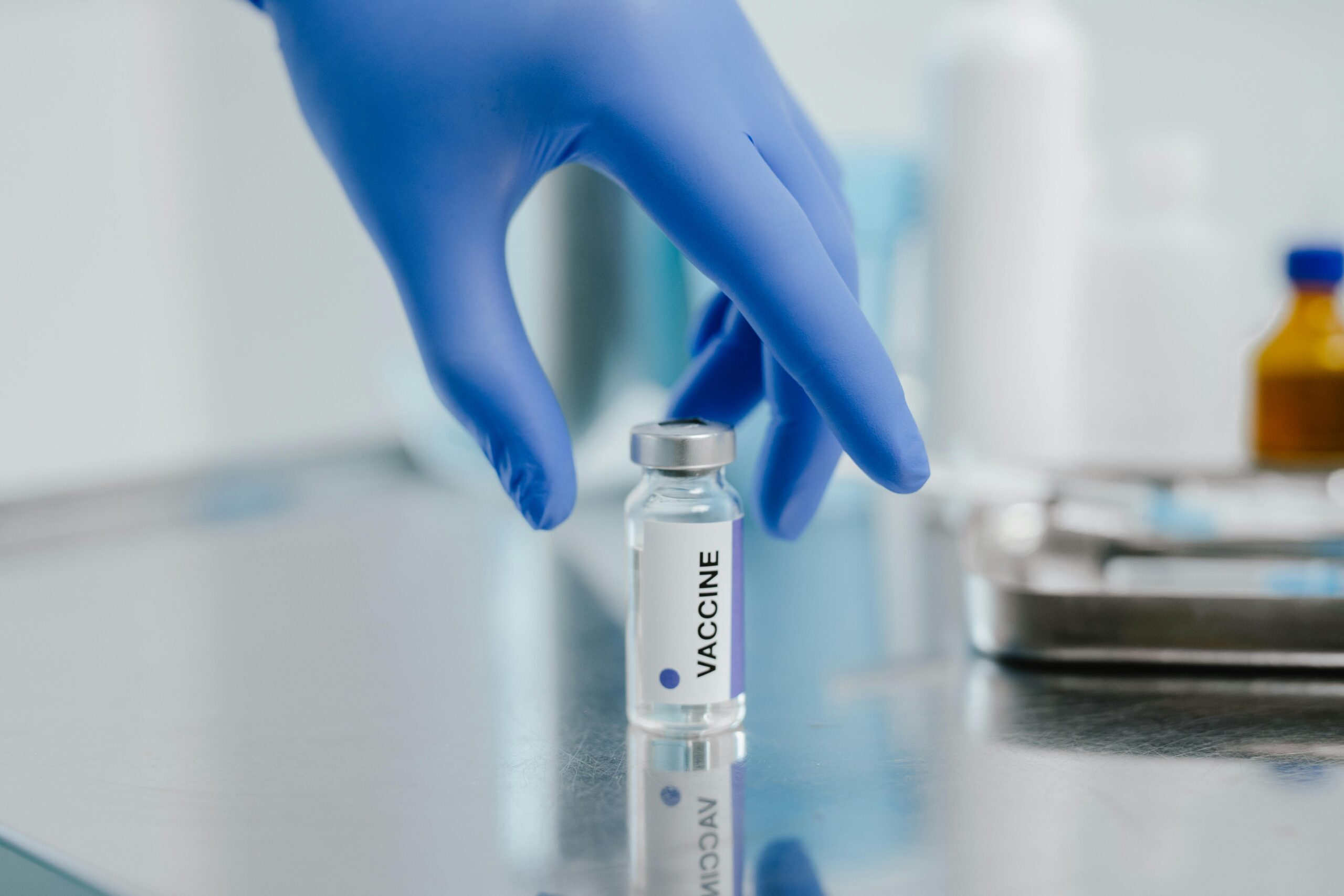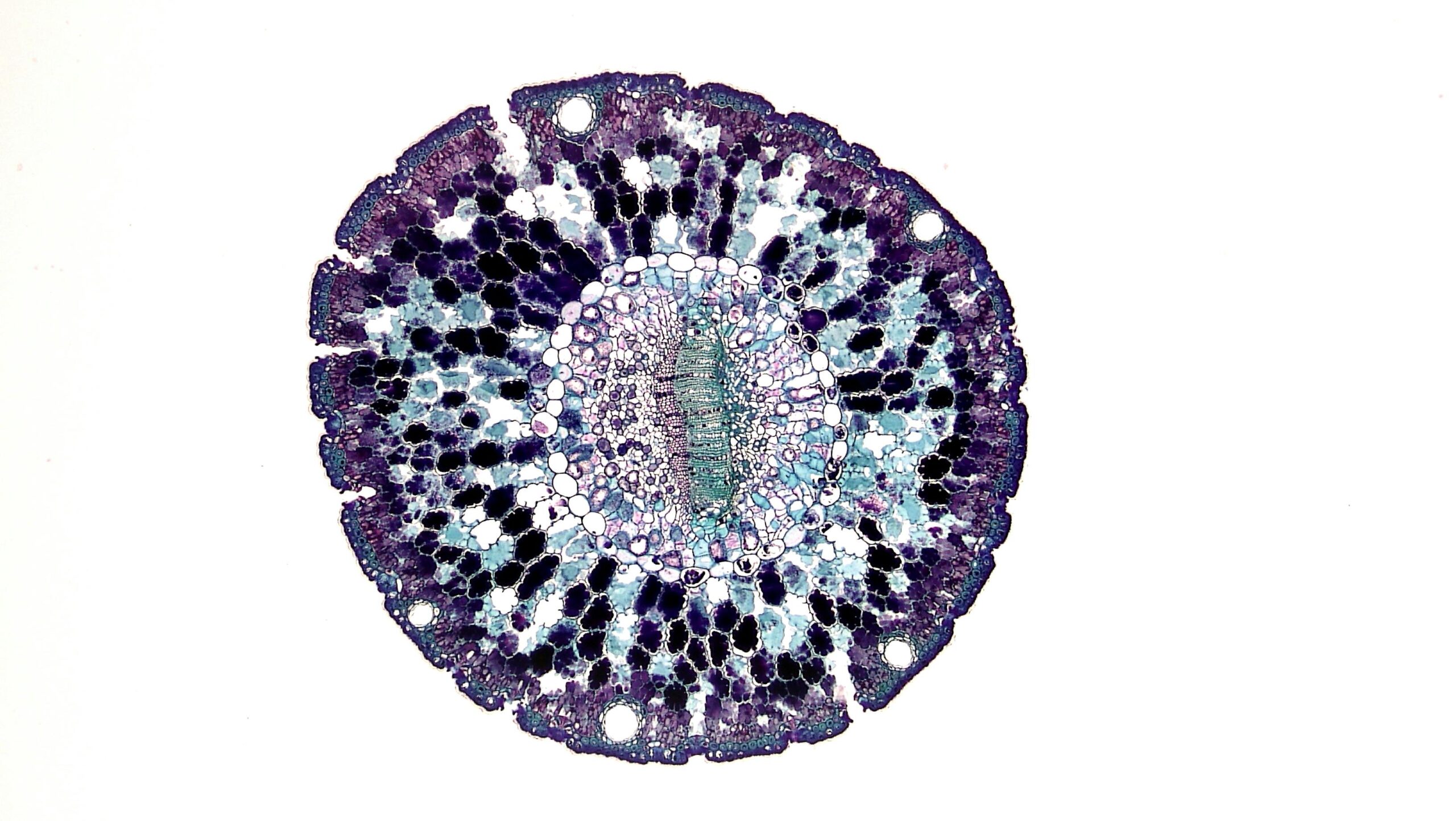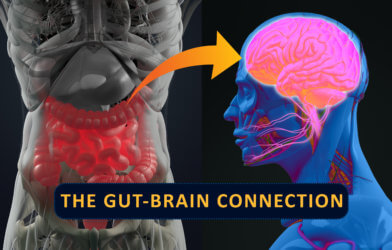What if a microscopic world inside your baby could reveal secrets about their health for years to come – their risk of allergies, how they’ll grow, even their chances of getting sick? New research suggests this isn’t science fiction. A recent study, published in the esteemed journal Nature Communications, has unveiled a “gut microbiota wellbeing index” that can forecast a child’s overall health up to age five, all by observing the journey of the bacteria in their gut. This goes far beyond simple digestion; it points to a fascinating, predictable, and surprisingly flexible journey of trillions of tiny organisms that could powerfully influence your child’s entire development.
For new parents, the idea that every feeding, every cuddle, every early decision could be shaping a vital, health-predicting orchestra within their baby is truly compelling. This study shows that the development of an infant’s gut microbiota – the complex community of bacteria, viruses, and other microbes living in their intestines – isn’t random. Instead, it follows clear patterns, or “trajectories,” that are directly tied to a child’s future health. This means that seemingly small influences in early life, right from birth, play a huge role in guiding this internal ecosystem towards health or potential challenges. Think of it like a delicate garden: what you plant and how you nurture it in the beginning determines its resilience and bounty years down the line.
The Gut’s Hidden Paths: How Scientists Tracked Baby Bacteria
This ambitious study, called the Helmi cohort, aimed to meticulously map how gut bacteria develop in almost 1,000 infants. Researchers, mainly from the University of Helsinki in Finland, followed 984 babies (roughly half boys, half girls) from birth until they were five years old. To get a complete picture, they also included information from 768 mothers and 515 fathers.
The core of this research involved collecting an impressive 6,203 stool samples from the infants during their first two years. These samples, essentially snapshots of the babies’ gut environments, were then analyzed alongside detailed health records gathered at the same time.
To understand the communities of microbes, the scientists used a sophisticated technique called 16S rRNA gene amplicon sequencing. Simply put, this method allows researchers to identify different types of bacteria in the samples by looking at a specific genetic fingerprint. Once the bacterial types were identified, advanced statistical tools were employed to group similar microbial communities and track how they changed over time.
A key part of the study involved looking at how different “infant exposures” affected the development of gut bacteria. These exposures covered a wide range of factors: how the baby was born (vaginal delivery versus C-section), their diet (breastfeeding versus formula), antibiotic use, and even if they had siblings. The researchers also considered things like the mother’s weight before pregnancy and how long the pregnancy lasted, as well as infant behaviors like appetite and pacifier use.
On the health side, the scientists examined many outcomes up to age five. This included diagnoses of allergic diseases like eczema, hay fever, and asthma, as well as allergy symptoms reported by parents. They also monitored growth patterns (how height and weight changed over time) and the occurrence of various infections, such as respiratory, stomach, and ear infections, chickenpox, and fevers. By carefully connecting these health outcomes to the observed changes in gut bacteria, the study aimed to draw clear links between the tiny inhabitants of the gut and a child’s overall well-being.
What the Gut Microbes Told Us: Key Discoveries
The study uncovered several major findings that could reshape our understanding of early childhood health.
First, and perhaps most strikingly, was the discovery that infant gut bacteria development is “highly predictable.” The researchers found that babies’ gut microbiomes followed one of five distinct “trajectories” or developmental paths. This isn’t random; it’s a structured progression strongly influenced by early life factors. The most significant factor influencing the very first gut bacteria composition in the first six months was how the baby was born. What’s more, the gut bacteria at just three weeks of age were the most powerful predictor of future composition, explaining a large portion (up to 59%) of the differences seen in samples taken at six weeks. This “priority effect” indicates that the initial microbes setting up shop in a baby’s gut have a deep and lasting influence, extending well into their first year.
One of these trajectories, called Trajectory 1 (T1), stood out as the “natural, undisturbed gut microbiota development” pattern, representing what the researchers termed “eubiosis” – a balanced, healthy microbial state. This was the most common path, found in 47% of the infants. Babies on this healthy path were typically born vaginally (without the mother receiving antibiotics during birth), were breastfed, and had siblings. Their gut microbiomes were marked by a steady presence of beneficial bacteria like Bifidobacterium and Bacteroides, which gradually changed as other helpful microbes took over.
In contrast, the other four trajectories were considered “dysbiotic,” meaning they veered off this healthy path and were “associated with different types of undesired health outcomes and symptoms.” For example, babies in Trajectory 2 (T2) saw a quick drop in Bifidobacterium and a temporary rise in bacteria like Clostridium and Klebsiella. These infants faced a higher risk of developing conditions like atopy (a tendency towards allergies) and allergy symptoms by age two. Similarly, infants in Trajectory 5 (T5) consistently had higher levels of Clostridium and Klebsiella during their first six months. This path was linked to an increased risk of unusual growth patterns (being shorter or taller than average for their age) and even diagnosed hay fever and atopy by age five.
The study highlighted the crucial role of “keystone organisms” – specific bacteria that are essential for guiding healthy gut development. The most important of these were Bifidobacterium and Bacteroides. These helpful bacteria appeared early in life and consistently signaled positive health outcomes.
How Early Life Choices Shape Gut Health
The researchers found strong connections between common early life experiences and how gut bacteria developed, which then impacted health:
- Birth Method: C-section births and vaginal births where mothers received antibiotics during labor significantly changed the healthy pattern of gut bacteria development. These babies showed a delay in beneficial bacteria like Bacteroides, Parabacteroides, and Bifidobacterium moving into their gut. How a baby was born primarily affected the very first set of microbes.
- Feeding: Breastfeeding was vital for promoting a healthy gut. It was linked to more beneficial bacteria like Lactobacillaceae, Bacteroidaceae, and Bifidobacteriaceae. Furthermore, babies who continued breastfeeding maintained a higher microbiota wellbeing index when solid foods were introduced, while those who stopped saw a notable drop. On the flip side, exclusive formula feeding was tied to a faster “maturation” of the gut bacteria, suggesting it might push the microbial community towards an adult-like state too quickly.
- Siblings: Having siblings was associated with more beneficial Bifidobacteriaceae, especially in vaginally born infants. This effect could stem from mothers who have had multiple births having higher levels of Bifidobacterium in their own gut.
- Antibiotic Use: Beyond antibiotics given during labor, general antibiotic use was also strongly linked to changes in the composition of gut bacteria.
The Microbiota Wellbeing Index (MWI): A New Health Predictor
Perhaps the most innovative result of this study is the creation of the “Microbiota Wellbeing Index” (MWI). Recognizing that a general “maturity index” for gut bacteria wasn’t enough to capture the subtle aspects of health, the researchers developed the MWI based on the healthy developmental path (T1). This index essentially measures how closely an infant’s gut bacteria resemble those of healthy children who don’t develop allergies or unusual growth patterns during their first five years.
The MWI proved to be a powerful indicator. Infants diagnosed with allergic diseases or who had growth differences consistently scored lower on the MWI. The index was also strongly connected to how often various infections occurred. For example, the MWI was reduced in babies born via C-section or exposed to antibiotics during vaginal birth throughout their first two years. This index offers a concrete tool that could potentially pinpoint infants at higher risk for certain health issues, allowing for earlier support.
What This Means for Your Child’s Health
The findings from this research are deeply significant. By understanding the predictable journeys of infant gut bacteria development and identifying factors that can guide it toward a healthy or less healthy path, we gain powerful new insights into early childhood health. The creation of a “microbiota wellbeing index” provides a tangible way to assess risk and potentially guide tailored care for children. This isn’t just an interesting scientific discovery; it’s a compelling reason for parents and healthcare providers to consider the immense, long-term impact of those tiny, unseen inhabitants within a baby’s gut. As Doctoral Researcher Brandon Hickman from the University of Helsinki stated, “With the global rise in childhood allergic diseases and overweight, this research is particularly timely. By considering gut microbiota as a key aspect of infant health, we can take proactive steps to improve public health outcomes and reduce the burden on healthcare systems.” Supporting a healthy gut microbiome early in life could be one of the most proactive steps we can take to help ensure a child’s lifelong well-being.
Paper Summary
Methodology
This observational, longitudinal study analyzed 6,203 fecal samples from 984 infants in the Helmi cohort over their first two years of life, tracking health outcomes up to five years. Researchers used 16S rRNA gene amplicon sequencing to identify gut bacteria and advanced statistical methods (clustering, trajectory modeling, regression) to link microbial development with infant exposures (birth mode, diet, antibiotics, siblings) and health outcomes (allergies, growth, infections).
Results
The study identified five predictable gut microbiota developmental trajectories in infants. Trajectory 1 (47% of infants), characterized by early Bifidobacterium and Bacteroides, represented a healthy path associated with vaginal birth, breastfeeding, and siblings. The other four trajectories were linked to adverse health outcomes like increased risks of allergies and altered growth. Early life exposures, such as C-sections and antibiotic use, significantly impacted microbiota development and reduced the Microbiota Wellbeing Index (MWI). The MWI, developed in this study, accurately predicted overall health during the first five years, with lower scores indicating higher risks for allergic diseases, growth deviations, and infections.
Limitations
As an observational study, it demonstrates associations but cannot prove direct cause-and-effect relationships. The findings, based on a Finnish cohort, might not be universally applicable to all infant populations due to potential regional differences in microbiota composition.
Funding and Disclosures
Further details on research design are available in the Nature Portfolio Reporting Summary. Study data is accessible via the European Nucleotide Archive (ENA) under accession code PRJEB55243. Sensitive individual-level metadata is not publicly available due to GDPR but can be requested for data sharing. The R code used in the study is available on GitHub.
Publication Information
Title: Gut microbiota wellbeing index predicts overall health in a cohort of 1000 infants Authors: Brandon Hickman, Anne Salonen, Alise J. Ponsero, Roosa Jokela, Kaija-Leena Kolho, Willem M. de Vos & Katri Korpela Journal: Nature Communications DOI: https://doi.org/10.1038/s41467-024-52561-6 Received: 4 March 2024 Accepted: 10 September 2024 Published online: 27 September 2024










